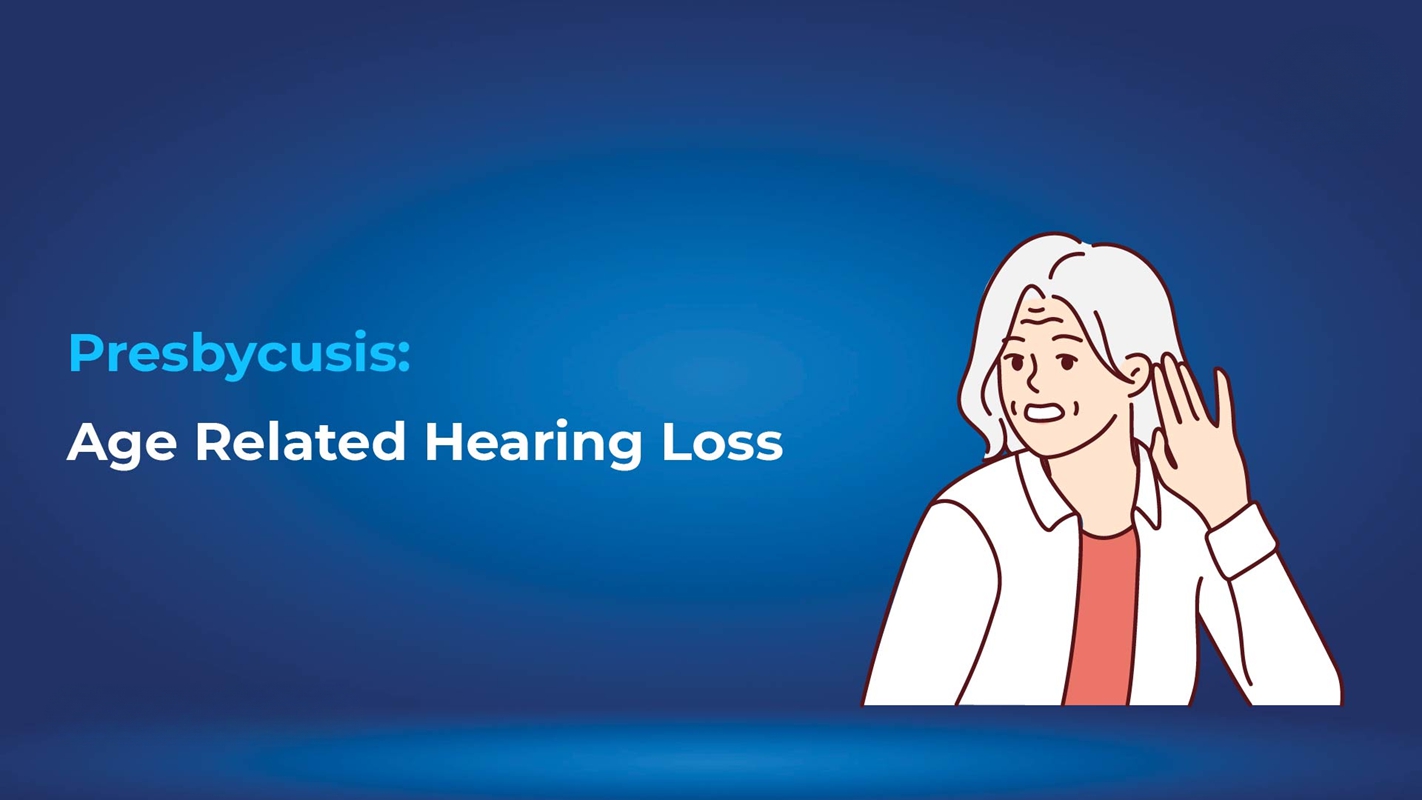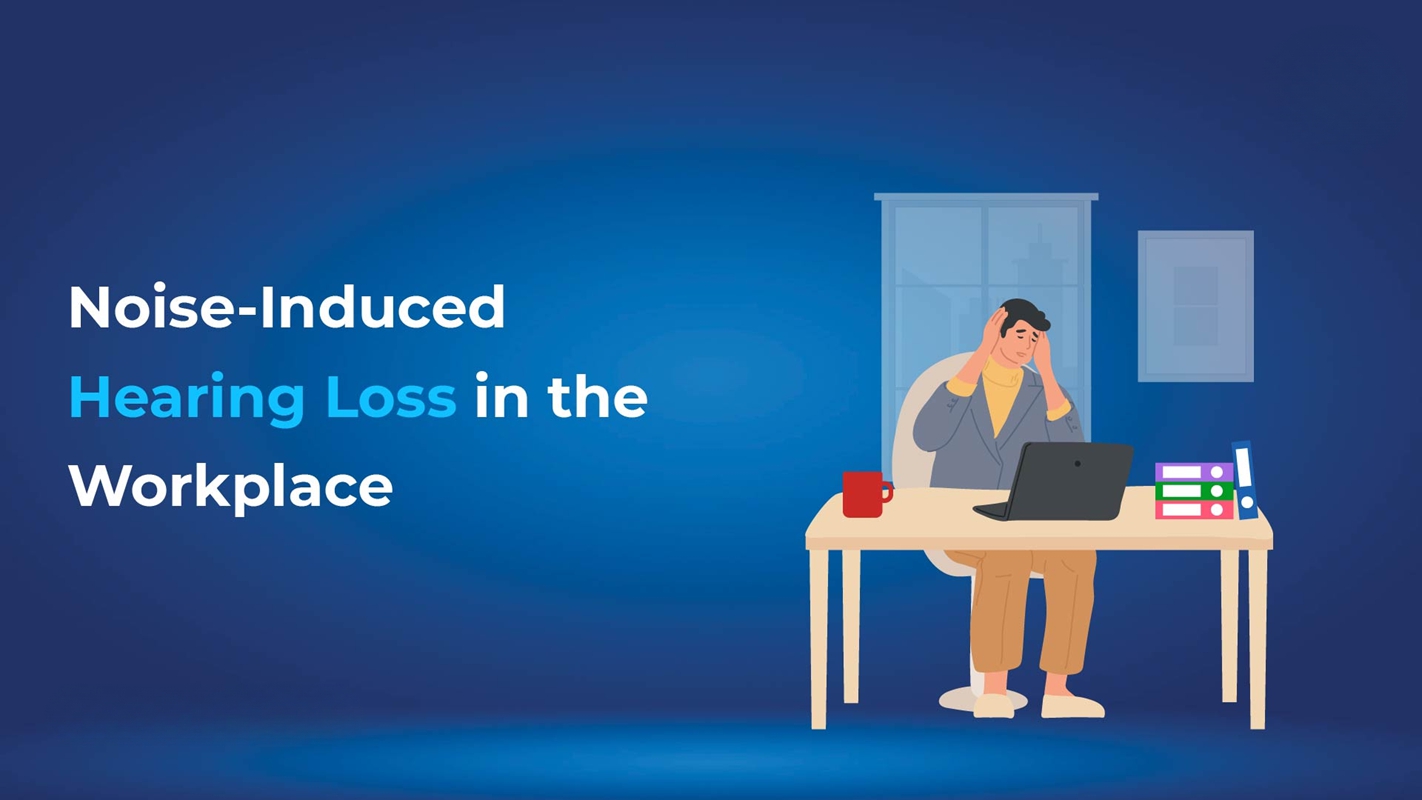Hearing loss in one ear, known as unilateral hearing loss, is a common condition that can significantly impact everyday life. Hearing loss in one ear can make conversations challenging, affect the ability to determine where sounds originate, and even disrupt balance. This type of hearing loss may occur suddenly due to infections, injuries, or circulatory problems, or it may develop gradually as a result of aging or medical conditions like acoustic neuromas or Meniere’s disease. Regardless of the cause, hearing loss in one ear can be effectively managed with proper diagnosis and treatment. Solutions such as single-ear hearing aids and advanced medical interventions can help improve hearing clarity and overall quality of life.
In this guide, we will delve into the causes, symptoms, and treatments for hearing loss in one ear, along with preventive measures and strategies to cope with the condition and protect your hearing health.
What Is Hearing Loss in One Ear?
Hearing loss in one ear refers to the partial or complete inability to hear in one ear while the other ear functions normally. It can occur suddenly or develop gradually and may result from various factors, including infections, trauma, or underlying medical conditions.
Common Symptoms
- Difficulty understanding speech, especially in noisy environments.
- Trouble determining where sounds are coming from (sound localization).
- A sensation of fullness or pressure in the impacted ear.
- Occasional dizziness or balance problems.
Unilateral hearing loss can range in severity from mild to profound. Recognizing the types of hearing loss helps in determining the appropriate treatment.
Causes of Hearing Loss in One Ear
Sudden Hearing Loss in One Ear
Sudden hearing loss is an otologic emergency that occurs over hours or days. It affects 5 to 20 people out of every 100,000 each year. Common causes include:
- Viral Infections: These can damage the auditory nerve.
- Trauma: A loud blast or head injury can disrupt auditory function.
- Circulatory Issues: Reduced blood flow to the cochlea may result in hearing loss.
Key Tip: Seek immediate medical attention for sudden hearing loss to maximize the chances of recovery.
Gradual Hearing Loss in One Ear
Gradual hearing loss often results from chronic or progressive conditions, such as:
- Acoustic Neuromas: Benign tumors on the auditory nerve that cause gradual hearing loss, tinnitus, and dizziness.
- Meniere’s Disease: A disorder characterized by fluctuating hearing loss, vertigo, and a sensation of fullness in the ear.
- Age-Related Hearing Loss (Presbycusis): While it typically affects both ears, it can initially manifest in one ear.
Environmental and Lifestyle Factors
- Noise Exposure: Consistent exposure to loud environments, such as concerts or industrial settings, can damage one’s hearing.
- Ototoxic Medications: Certain antibiotics, chemotherapy drugs, and pain relievers can be harmful to the auditory system.
Diagnosing Hearing Loss in One Ear
Audiological Assessments
Hearing tests are essential to determine the severity and type of hearing loss. These include:
- Pure-Tone Audiometry: Measures the softest sounds you can hear at different pitches.
- Speech Audiometry: Evaluates your ability to understand speech in various conditions.
Results from these tests can classify hearing loss into mild, moderate, severe, or profound levels. Learn more about the level of hearing loss to understand these classifications.
Imaging Tests
If structural abnormalities are suspected, imaging tests like MRI or CT scans may be performed to identify issues such as tumours or bone abnormalities.
Treatment Options for Hearing Loss in One Ear
Medical Interventions
- Corticosteroids: Commonly prescribed for sudden hearing loss to reduce inflammation and restore blood flow.
- Antibiotics or Antivirals: Used if the hearing loss is caused by an infection.
Single-Side Hearing Aids
Hearing aids designed for one ear are a primary solution for managing unilateral hearing loss. Benefits include:
- Improved clarity and understanding in conversations.
- Enhanced ability to identify sound direction.
Types of single-sided hearing aids include:
- Behind-the-Ear (BTE): Discreet and versatile, suitable for various levels of hearing loss.
- In-the-Ear (ITE): Custom-molded for comfort and ease of use.
Advanced Surgical Options
- Acoustic Neuroma Surgery: Microsurgery to remove benign tumors while preserving hearing and nerve function.
- Cochlear Implants: For severe or profound hearing loss, these devices bypass damaged parts of the ear and directly stimulate the auditory nerve.
Living with Hearing Loss in One Ear
Adapting to life with hearing loss in one ear involves practical strategies and support systems. Here’s how to manage the condition effectively:
Communication Strategies
- Position Yourself Wisely: Face the person speaking and place your unaffected ear toward the sound source.
- Use Visual Cues: Rely on lip-reading and facial expressions for context.
- Minimize Background Noise: Choose quieter environments for conversations.
Assistive Devices
- Single Ear Hearing Aids: Improve sound clarity and amplify quiet sounds.
- Sound Amplifiers: Handy devices that boost audio in specific settings.
Emotional and Psychological Support
- Join support groups or counselling to cope with the challenges of unilateral hearing loss.
- Educate family and friends about your condition to foster understanding.
Preventing Hearing Loss in One Ear
- Protect Your Ears: Use earplugs or noise-cancelling headphones in loud environments.
- Avoid Ototoxic Substances: Discuss potential alternatives with your doctor if prescribed medications known to affect hearing.
- Regular Hearing Screenings: Routine tests can detect hearing loss early and prevent further damage.
Understanding Types and Levels of Hearing Loss
Type | Description | Treatment Options |
Conductive | Problems in the outer/middle ear | Medications, surgery |
Sensorineural | Damage to the inner ear/auditory nerve | Hearing aids, cochlear implants |
Mixed | Combination of conductive and sensorineural | Combination of medical and surgical care |
Levels of Hearing Loss:
- Mild: Difficulty hearing faint sounds.
- Moderate: Struggles with regular conversation.
- Severe: Only loud noises are audible.
- Profound: Nearly total hearing loss.
Conclusion
Hearing loss in one ear is a manageable condition with the right approach. From medical interventions to assistive devices like single-ear hearing aids, numerous solutions are available to improve the quality of life for individuals experiencing hearing loss in one ear. Early diagnosis, effective treatment, and preventive measures are essential for maintaining long-term hearing health. By understanding more about the types of hearing loss and the levels of hearing loss, you can stay informed and proactive in managing hearing loss in one ear effectively.
















